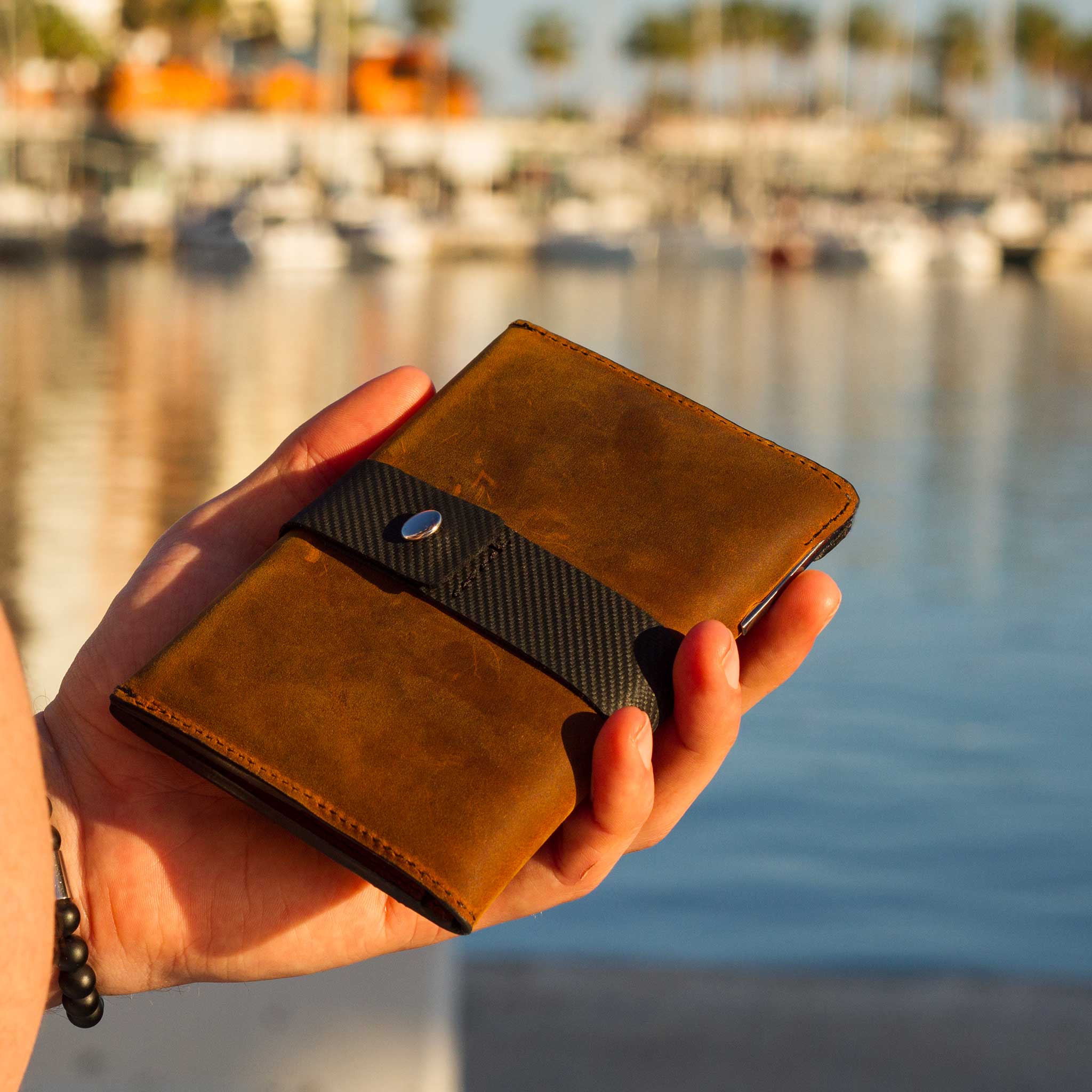Your Cart is Empty
🎄INTERNATIONAL ORDERS CLOSE ON 12th DEC & DOMESTIC ORDERS CLOSE ON 19TH DEC FOR GUARANTEED CHRISTMAS DELIVERY - XMAS20 FOR 20% OFF ALL ORDERS🎄

Ever seen a pair of Timberland boots? Nubuck. Bad-ass 1970s fringed jacket? Often nubuck. Elvis' shoes? Suede, but that's different. Regardless, try not to step on them.
Point is, nubuck is a popular leather with designers the world over. From shoes to couches, you'll find nubuck employed dor it's softness and durability.
Taken from top-grain cattle leather, nubuck is buffed on the outer side of the hide, givin git that iconic look, known as nap. The nap is composed of thousands of tiny fibres that have been raised and displaced through the sanding process.
Once the sanding process is complete, the hide may be dyed multiple times to attain a consisten colour. However, some tanneries will also produce nubuck leather that features natural variations in colour and texture. Often times, the leather will feature scrathces or holes from where something has previously pierced the skin of the animal.
Due to its napped surface, nubuck is easy to mark with scratches, which can often be worked out with a suede brush or simple rub with a dry cloth. Though water resistant, light-coloured nubuck leathers will darken on contact with water. Once dry, the hide should return to its original shade.
Unlike many leathers, polishing isn't an option for nubuck. Instead, using a suede brush can revive worn nubuck back to former glory or, if you're looking to add character to those boots or your wallet, you can let the leather age naturally and take on a life of its own.
Comments will be approved before showing up.